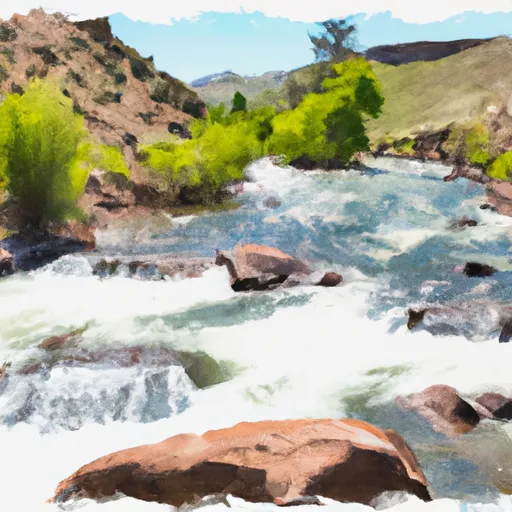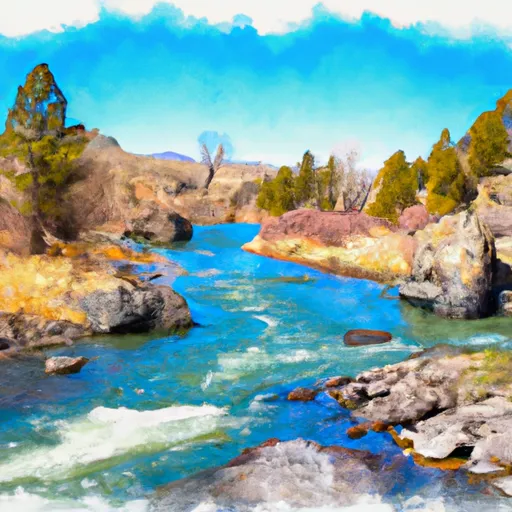Summary
Maximum discharge along the river is currently at the
Shoshone River Near Lovell
reporting a streamflow rate of 417 cfs.
This is also the highest stage along the Shoshone River, with a gauge stage of
4.69 ft at this location.
This river is monitored from 2 different streamgauging stations along the Shoshone River, the highest being situated at an altitude of 4,901 ft, the
Shoshone River Below Buffalo Bill Reservoir.
River Streamflow Levels
| Streamgauge | Streamflow | Gauge Stage | 24hr Change (%) | % Normal | Minimum (cfs) | Maximum (cfs) | Air Temp | Elevation |
|---|---|---|---|---|---|---|---|---|
|
Shoshone River Below Buffalo Bill Reservoir
USGS 06282000 |
315 cfs | 3.47 ft | ||||||
|
Shoshone River Near Lovell
USGS 06285100 |
417 cfs | 4.69 ft | -0.95 |
Seasonal Discharge Comparison
Maximum Streamflow Discharge
Streamflow Elevation Profile
The Shoshone River is a 100-mile (160 km) long river in northern Wyoming in the United States. Its headwaters are in the Absaroka Range in Shoshone National Forest. It ends when it runs into the Big Horn River near Lovell, Wyoming. Cities it runs near or through are Cody, Powell, Byron, and Lovell. Near Cody, it runs through a volcanically active region of fumaroles known as Colter's Hell. This contributed to the river being named on old maps of Wyoming as the Stinking Water River.
The current name was established in 1901 due to popular demand.
West of Cody the river is impounded in Shoshone Canyon by the Buffalo Bill Dam, created as part of the Shoshone project; one of the nation's first water conservation projects. A number of hot springs along the Shoshone were drowned by the reservoir. Upstream of Buffalo Bill Reservoir the Shoshone splits into the North Fork, which follows a long canyon down from the Absaroka Mountains to the vicinity of the east entrance of Yellowstone National Park, and the South Fork, which originates at the southern end of the Absarokas.

 South Fork Shoshone River
South Fork Shoshone River
 North Fork Shoshone River
North Fork Shoshone River